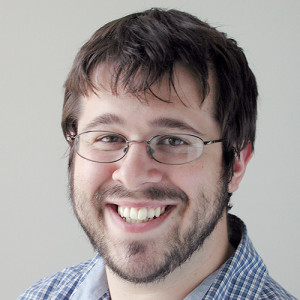Newburyport, Mass. - The Northeast Consortium, a University of New Hampshire-based institution established in 1999 to foster collaborative research, under contract to the New England Fishery Management Council, announces funding for three new research projects that will focus on spawning groundfish in waters off the New England coast.
Awards totaling over $335,000 will support a mapping study examining the distribution of spawning cod on Georges Bank, an acoustic and trawl survey of winter-spawning cod in Ipswich Bay, an inshore area off the coast of Massachusetss, and work on winter flounder spawning activities offshore in the Gulf of Maine.
The result of a supplemental request for proposals issued last February, projects were required to articulate collaborations between commercial fishermen and scientists, and could include, among other approaches, research that enables the Council to improve groundfish spawning protection by increasing the understanding of groundfish spawning activity or aggregations of spawning groundfish.
Here are more project details.
Project Title: Mapping the distribution of Atlantic cod spawning on Georges Bank using fishermen’s ecological knowledge and scientific data
Lead Institution: University of Massachusetts – Dartmouth, School for Marine Science and Technology; Co-Principal Investigators: Steven X. Cadrin, Gregory DeCelles, and Douglas Zemeckis
Purpose: To map the spatial and temporal distribution of cod spawning on Georges Bank using existing scientific information and data acquired from interviews with current and retired fishermen who fish for cod on Georges Bank. The information is needed to better understand cod population structure and essential fish habitat in this region.
-
Project Title: Synoptic acoustic and trawl survey of winter-spawning cod in Ipswich Bay, western Gulf of Maine
Lead Institution: Gulf of Maine Research Institute; Project Leader: Graham Sherwood
Purpose: To expand our knowledge of the winter-spawning component of Atlantic cod by conducting a synoptic acoustic and trawl survey of Ipswich Bay. Improved knowledge of spawning dynamics in this area will lead to more fine-scale (in both time and space) management options.
-
Project Title: Identifying offshore spawning grounds of Gulf of Maine winter flounder
Lead Institution: University of New Hampshire; Project Leader: Elizabeth A. Fairchild
Purpose: To determine where winter flounder in the Gulf of Maine are spawning offshore and when, by studying their populations during the spawning season at offshore sites identified by commercial fishermen as locations where large numbers of adult winter flounder are seen during the spawning season.
These awards represent a continuation of the 2014 partnership established between the Consortium (NEC) and the Council. The NEC has representation from four research institutions: the University of New Hampshire, University of Maine, Massachusetts Institute of Technology, and the Woods Hole Oceanographic Institution, with Dr. Chris Glass at the University of New Hampshire, in the lead as its Director.
The Council is a group of 18 fishery officials that includes representatives from each New England coastal state, the federal government, and appointees from the region, all of whom are charged with managing the groundfish complex (cod, haddock, pollock and several species of flounder), in addition to other regional fish stocks. Funding collaborative research is fully consistent with its interest in understanding and improving this resource.







